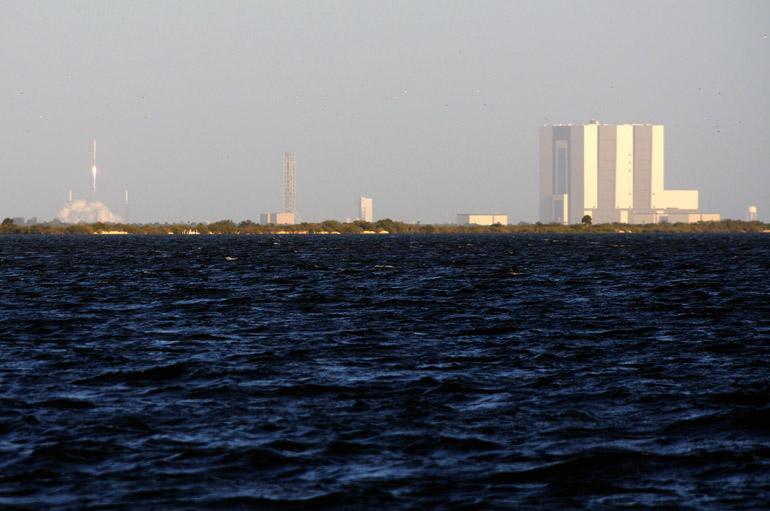
A day after a Taurus rocket blasted off from California, then failed and plunged a half-billion-dollar NASA satellite into the Pacific Ocean, an Atlas V rocket successfully launched from Cape Canaveral Air Force Station and carried an experimental military spaceplane into orbit. The best place for viewing Atlas V launches is Playalinda Beach, a federally maintained stretch of sand frequented by people who like to sunbathe in their birthday suits. But that was in the danger zone for this launch, so I went to Titusville's Space View Park late in the afternoon of Saturday, March 5.
Note: I'm getting back into posting again. I think. But I said that last time. So no guarantees.
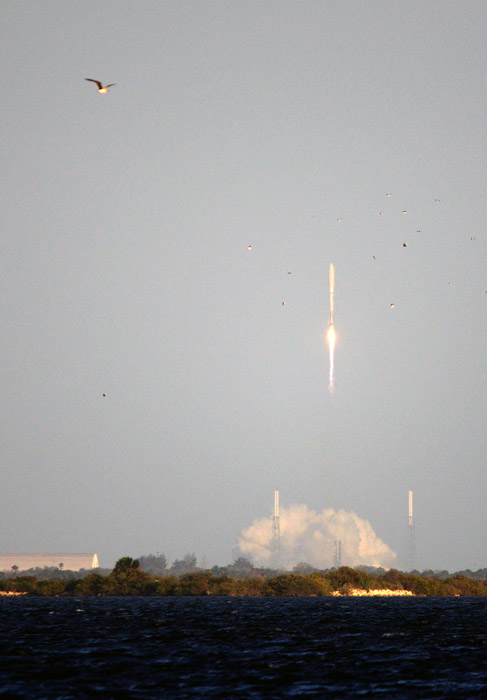
The park, set beside the Indian River, is about 13 miles west of Launch Complex 41, so these images of the rather tiny Atlas V are somewhat hazy. In this one, birds lift off as well.

The Vehicle Assembly Building at NASA's Kennedy Space Center is somewhat near the launch pad, and it made for a decent foreground subject.
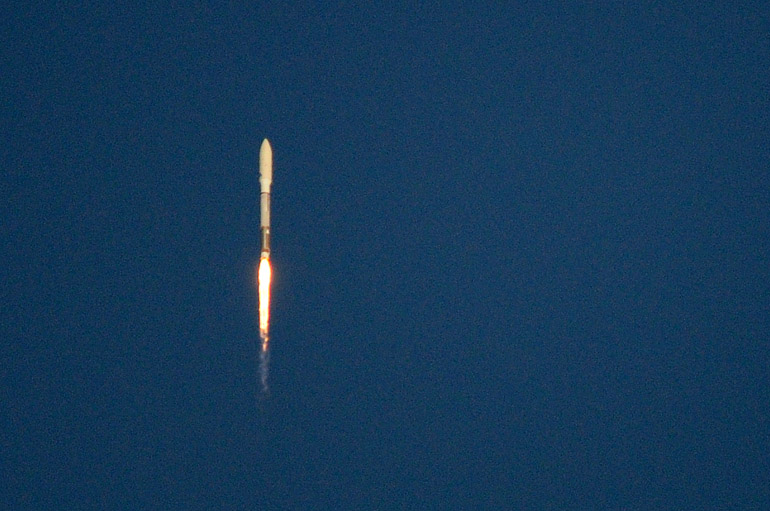
The Orbital Sciences Corp. rocket that failed on the West Coast had issues with its fairing, the cover on top of the craft that protects its cargo. It failed to fall off as designed. This Altas V -- operated by United Launch Alliance, a partnership between Boeing and Lockheed Martin -- experienced no issues, as far as the public knows. But many of the mission's details are secret. Through my 500mm lens, I saw the fairing separate from this rocket.
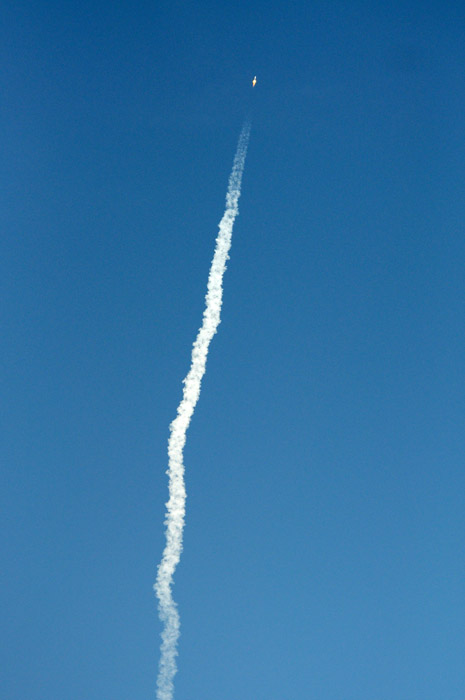
This rocket was not equipped with solid-fuel boosters, so it didn't emit a contrail upon liftoff. But once it reached higher altitudes, cold air caused condensation and this slight contrail.
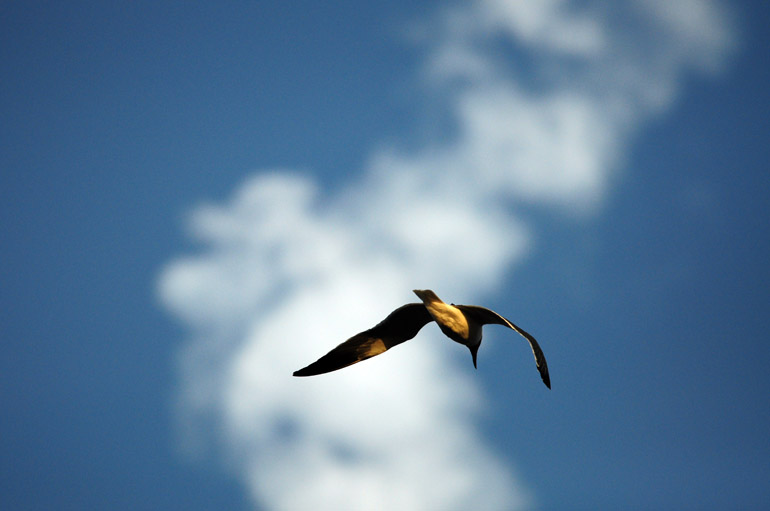
It's a bird. With the contrail in the background.
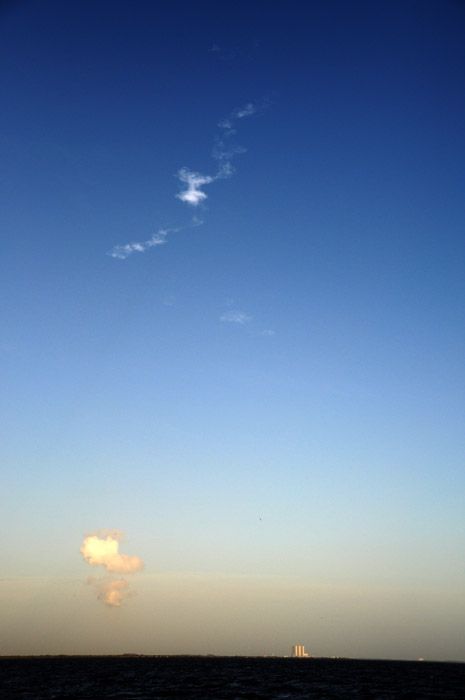
This is what remained of the contrail as the sun set. The weather was iffy earlier in the day, with a few light showers. But it cleared nicely for the 5:46 p.m. launch.



No comments:
Post a Comment